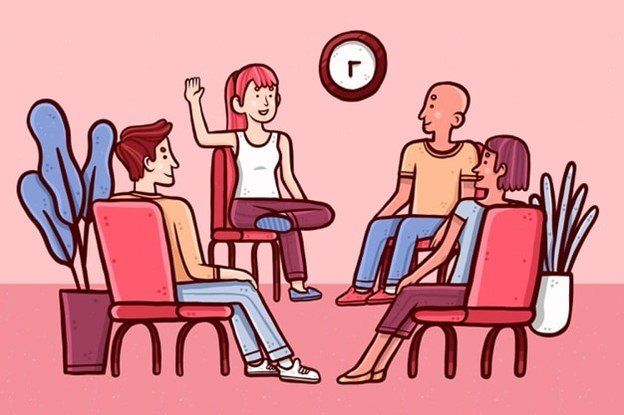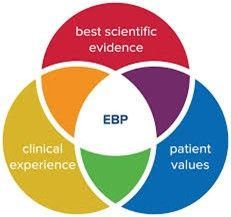Role-playing as An Intervention in Treatment
The art and science of role-playing need more attention as an intervention in behavioral health treatment.

The art and science of role-playing need more attention as an intervention in behavioral health treatment. It is a technique that helps the client get “out of themselves” and pretend to be someone else. Yet it often is overlooked as an approach to use with clients. But its benefits help clients use real-life situations and create new pathways to success.
Role-playing is a technique that comes from the process of acting. The teacher asks students to portray different characters, emotions, and objects in a drama class. “Be a tree whistling in the wind,” “Pretend you’re an eagle in the sky, flying,” “In this scene, you’re going to tell your friend you don’t want to see them again.” When acting, a person has to become someone else. They have to move beyond the way they see the world and change. In his book, “The Body Keeps the Score,” Dr. Bessel van der Kolk talks about how theater provides opportunities for youths to deal with trauma. In his Actors Gang Prison Project, Tim Robbins teaches inmates how to use makeup and improvisation to deal with their emotions.
Most professionals do not find role-playing something with which they are comfortable. “It’s not logical or part of talk therapy,” they may say.
Yet to many clients, especially children in elementary school, role-playing fits their personalities. Children spend much of their time in play. They make up characters and scenarios when they play with their friends or alone. They conduct role-playing sessions daily, becoming princesses, superheroes, bad guys, or whatever they want to be. It helps them build their creativity. And, right-brain activity reaches the emotional part of the brain more directly than trying to talk to them.
Role-playing gives a client ways to improve how they see the world. Here is an example. Suppose a client has trouble with others who bully them. A practitioner can tell the client to walk away or tell them to leave the client alone. That’s one approach. But instead, if the practitioner role-played the bullies (or did a reverse role-playing and acted as the client), they could act out the scene. They can portray it vividly and make it real for the client. Help them deal with their anxiety in the event and, in a safe space, practice what to say and do. Role-playing provides times to be someone else and change who a client is.




